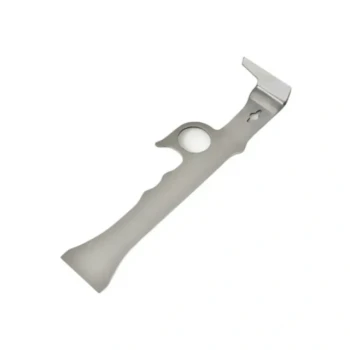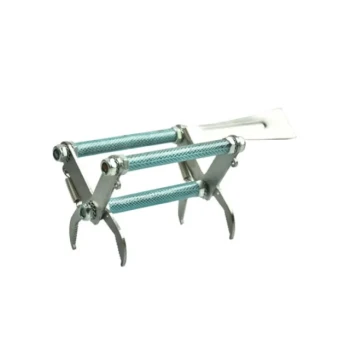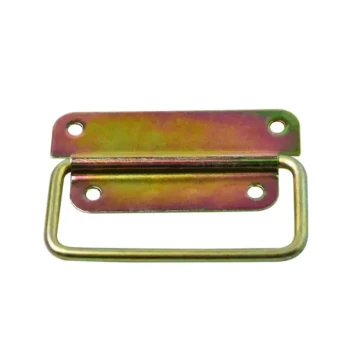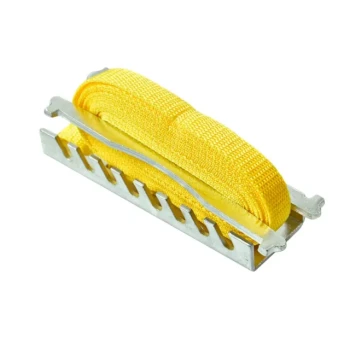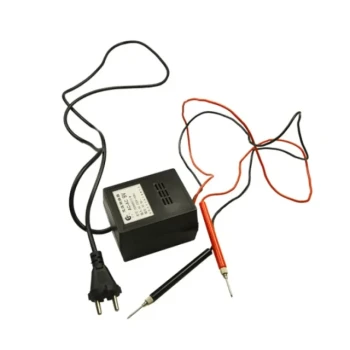The most common method for dislodging bees from frames is to shake the frames directly over the brood nest of the new, full-size colony. This action ensures the bees are returned to their original colony while the frames of brood or honey are transferred.
The core challenge when transferring frames is to move the valuable resources—brood and honey—without losing the adult bee population. The goal is a clean, efficient transfer that minimizes stress on the colony.
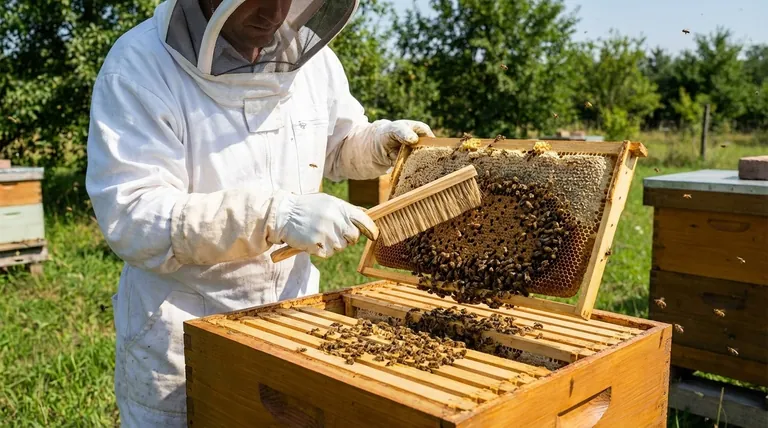
The Purpose of Transferring Frames
Beekeepers transfer frames for several key reasons, most often when moving a smaller colony into a larger, more permanent hive.
Upgrading a Nuc to a Full Hive
A nucleus colony, or "nuc," is a small, starter hive. As the colony grows, it requires more space for the queen to lay eggs and for workers to store honey. Transferring the nuc's frames into a full-size hive body is a standard step in expanding the colony.
Consolidating Resources
Sometimes a beekeeper might move a frame of brood from a strong hive to a weaker one to boost its population. Similarly, frames of honey can be moved to provide food resources to a colony in need.
The Shaking Technique Explained
The process is straightforward but requires a firm, confident hand to be effective and safe for the bees.
Step 1: Prepare the Receiving Hive
Before you begin, the full-size colony's hive body should be open and ready to receive the new frames. The goal is to minimize the time the hive is open.
Step 2: The Shake
Hold the frame firmly by the top bar, positioning it directly over the open brood nest of the colony. With a quick, sharp downward and upward motion, you shake the frame. This dislodges the majority of the adult bees, causing them to fall gently into their hive.
Why Shake Over the Brood Nest?
Shaking the bees directly into their own hive ensures they are immediately back in their familiar environment. This reduces disorientation and minimizes the risk of them getting lost or becoming defensive.
Understanding the Trade-offs
While shaking is the standard method, it's important to understand the context and potential issues.
Minimizing Bee Stress
The shake must be firm but not violent. An overly aggressive shake can injure bees or the delicate brood in the cells. The goal is a quick jolt, not a prolonged rattle.
The Importance of Speed and Weather
This entire operation should be done on a calm, warm day when bees are less likely to be defensive. Working efficiently reduces the time the hive is disturbed, which in turn keeps the colony calm.
Making the Right Choice for the Transfer
The method is simple, but the intent guides the process. The key is to separate the adult bees from the resources on the frame.
- If your primary focus is expanding a nuc: Your goal is to move all frames of brood, honey, and pollen into the larger hive, shaking the adult bees back into their original colony as you go.
- If your primary focus is boosting a weak colony: You will select a single frame of capped brood from a strong colony and, after shaking the adult bees off, place it into the weaker hive.
This simple technique is a fundamental skill that allows for the effective management and growth of your colonies.
Summary Table:
| Step | Action | Key Consideration |
|---|---|---|
| 1 | Prepare the receiving hive | Work on a calm, warm day to minimize bee defensiveness. |
| 2 | Hold frame firmly over the brood nest | Ensures bees fall back into their familiar hive environment. |
| 3 | Execute a quick, sharp shake | A firm jolt dislodges bees without injuring them or the brood. |
Need reliable equipment for your next frame transfer? As HONESTBEE, we supply durable beekeeping supplies and equipment to commercial apiaries and distributors. Our wholesale-focused operations ensure you get the high-quality tools you need for efficient, stress-free hive management. Contact our team today to discuss your equipment requirements and keep your colonies thriving!
Visual Guide

Related Products
- Double Row Artificial Fiber Bee Brush for Beekeeping
- Wooden Bee Brush with Triple Row Artificial Fiber for Beekeeping
- Premium Triple-Row Horsehair Bee Brush
- Plastic Handle Single Row Artificial Fiber Bee Brush
- Wooden Bee Brush with Double-Row Horsehair Bristles
People Also Ask
- What is a bee brush and what is its primary use? A Gentle Tool for Hive Management
- What is the purpose of a bee brush? Gently Manage Your Hive with Precision
- Why do beekeepers use a bee brush? The Essential Tool for Gentle Bee Handling
- Is a bee brush used to harm bees? Learn the Proper Tool for Gentle Beekeeping
- What is the purpose of a bee brush? Master Gentle Hive Management for Healthier Bees







